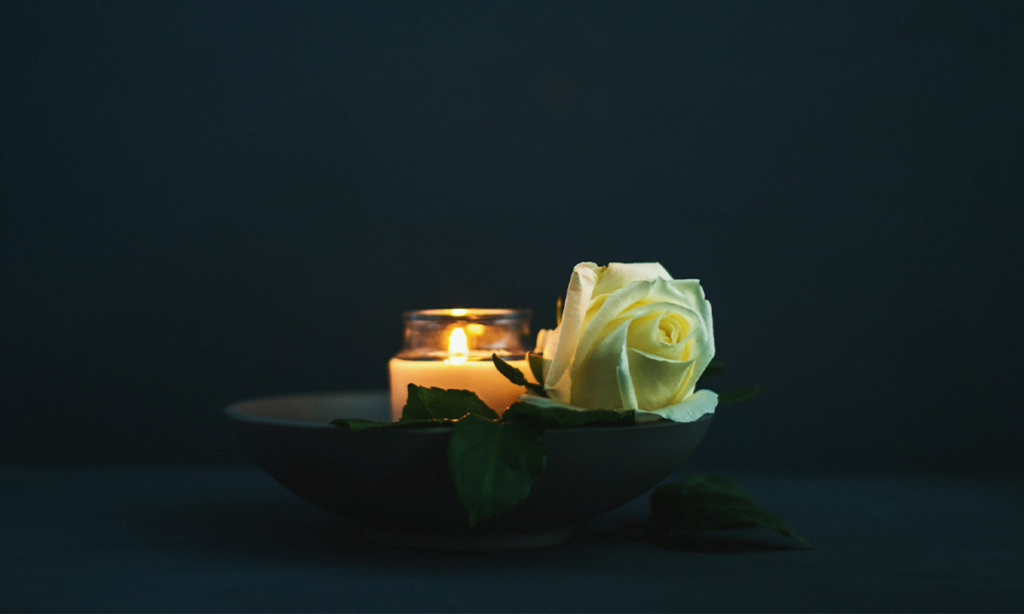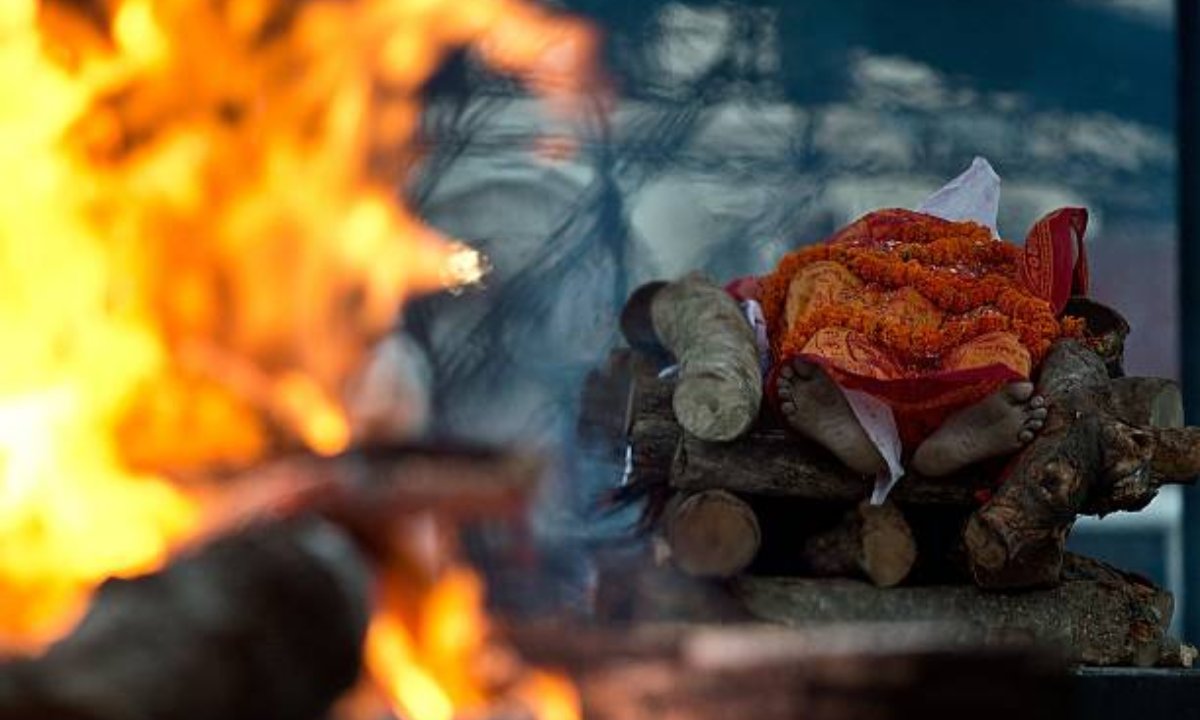Death, in many cultures, isn’t simply an end but a critical change. This is particularly obvious in Hinduism, where death rituals are a fundamental piece of the social and religious texture, especially among the Brahmin people group. The Brahmin death rituals, wealthy in imagery and saturated with old traditions, offer a captivating look into the Hindu perspective of life, death, and the past. In this blog, we will discover some popular Brahmin death rituals to help you give your loved one eternal rest.
Introduction to Brahmin Death Rituals
Brahmin death rituals, well established in the Vedic texts, mirror a significant confidence in the spirit’s excursion in the afterlife. These rituals are not simple conventions; they embody a soul’s journey to the afterlife. Understanding these rituals requires diving into the fundamental way of thinking that sees death as a basic point in the spirit’s everlasting process, as opposed to only a finish of the actual presence.
The Prompt Response to Death
- The snapshot of death denotes the start of a progression of rituals in the Brahmin tradition. The body is laid on the floor, commonly in the individual’s home, implying its re-visitation.
- A light is lit close to the head, representing the light directing the spirit’s excursion.
- Rituals like shutting the eyes and mouth, and setting a tulsi leaf and a couple of drops of Ganges water in the mouth, are performed.
- These demonstrations are accepted to purify and help the spirit in its ahead venture.
Antyeshti: The Funeral Procession and Cremation

In Brahmin tradition, the funeral is a piercing occasion, loaded down with imagery. The procession to the cremation ground is driven by the central griever, typically the oldest child. The body, enveloped by a white fabric, means the shedding of natural ties. The reciting of mantras and songs during the procession highlights the otherworldly idea of the excursion.
Cremation, known as “Antyeshti,” is integral to these rituals. Fire, in Hinduism, is accepted to free the spirit from the actual body. The main griever lights the fire, offering the body to the components. This ceremony highlights the faith in the temporariness of the actual body and the everlasting idea of the spirit.
The 13-day Mourning Period
- Following cremation, the family enters a 13-day mourning period, known as “Shraadh.”
- This period is vital as it is accepted that the spirit changes to its next stage during this time. Every day has explicit rituals, including offering food and water, which are intended to sustain and pacify the spirit.
- The main part of this period is the “Sapindikarana,” commonly performed on the twelfth or thirteenth day.
- This ceremony denotes the spirit’s progress to the familial domain.
- The family individuals offer balls of rice, known as “Pindas,” which represent the body that the spirit will take in its next birth.
- The conclusion of Shraadh marks the finish of formal mourning, with the family getting back to their typical life, representing the acknowledgement of death’s occurrence and the continuation of life.
Annual Rituals and Remembrance
Brahmin death rituals reach out past the quick consequence of death. Annually, the family notices the death commemoration, known as “Shraddha.” This custom includes offering food to Brahmins, reviewing the departed’s life, and performing pujas (worshipping). It fills in as a sign of the persevering association between the living and their predecessors.
Besides, during “Pitru Paksha,” 15 days in the Hindu lunar schedule, Brahmins perform rituals to respect every one of their ancestors. This period is described by the offering of food and Pujas, mirroring the faith in the proceeding with the profound presence of the precursors in their lives.
These annual Brahmin death rituals support the recurrent perspective on life and death in the Hindu way of thinking and help keep the memory of the left alive.
Custom of “Asthi Visarjan” (Immersion of Ashes)
- After the cremation, a pivotal custom in the Brahmin tradition is the “Asthi Visarjan,” or the submersion of ashes.
- This function typically happens a couple of days following the cremation. The family gathers the “Asthis” (bones and ashes) from the cremation ground, frequently in a formal and respectful way.
- These remaining ashes are believed to hold the essence of the departed and are treated with extraordinary worship.
The gathered Asthis are then submerged in a holy river, most ideally the Ganges.
- The drenching represents the arrival of the actual components to their source, steady with the Hindu faith in the pattern of life, death, and rebirth.
- Likewise drenching the ashes in a holy river assists the spirit with accomplishing harmony and freedom (Moksha).
- This custom is performed well as it frequently addresses the family’s last association with the departed.
- The demonstration of submerging the ashes means the cutting of the actual bond with the left and the beginning of a period of profound and otherworldly compromise with their misfortune.
“Narayana Bali” – Custom for Unnatural Death
In instances of unnatural death, like mishaps, suicides, or deaths without descendants, the Brahmin tradition endorses an exceptional custom called “Narayana Bali.” This custom is performed to pacify the left soul and guarantee its tranquil excursion to the hereafter, particularly since unnatural deaths are frequently believed to satisfy upset spirits.
Narayana Bali includes offerings to Ruler Vishnu (Narayana) and is led by a priest. It incorporates the presentation of a representative and the recitation of explicit mantras planned to fulfil any unfulfilled cravings of the departed. The conviction is that such deaths abandon a path of unfulfilled longings or obligations (known as “Pitru Rin”) that can inconvenience the spirit.
This custom likewise incorporates the formation of a representative body, generally produced using “Kusha” grass, which addresses the departed. The rituals performed are like those of a funeral, representing a conventional goodbye to the spirit. Through Narayana Bali, the family tries to guarantee that the spirit accomplishes harmony and doesn’t suffer more.
Conclusion
Brahmin death rituals are something beyond a progression of customs; they are a significant articulation of a perspective that considers life and death to be proportional.
Have you lost a loved one too? Believ understands your pain. We offer exceptional Brahmin funeral services in India to pacify lost souls like you. Connect with us and give your departed one eternal rest.
Also Read: Unveiling the Expenses: Understanding the Cost of a Funeral in Delhi





